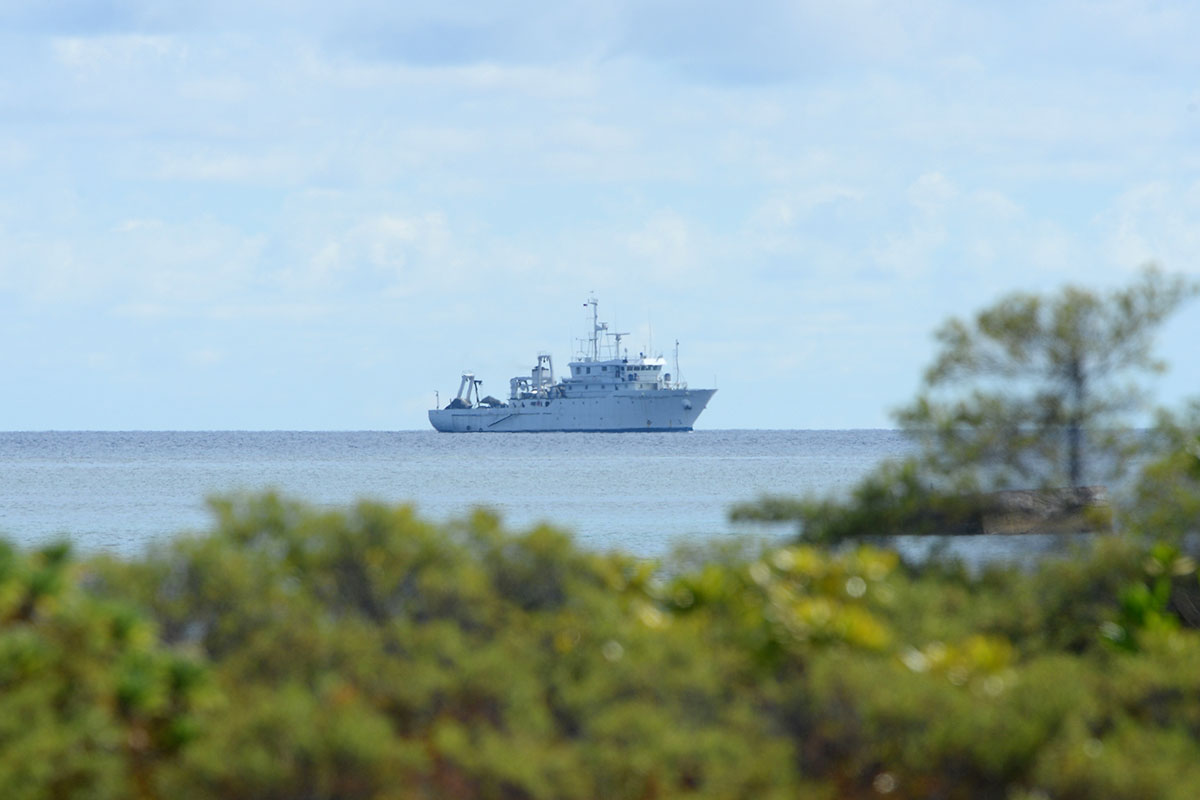The US (United States) will continue to play an active role in ensuring peace and prosperity within Southeast Asia despite growing geopolitical shifts in the region.
Speaking at the sixth Maritime Institute of Malaysia South China Sea Conference, Senior Advisor and Senior Director of the Asia Pacific Security Programme at CNAS (Centre for New American Studies), Patrick Cronin highlighted five key elements which would likely underpin the Trump administration’s approach towards this region.
The first is that the US would support economic opportunity for all given that ASEAN is home to major developing countries and that the association is the largest destination for American FDI (Foreign Direct Investment) in Asia. The recent visit of Malaysian Prime Minister Najib Razak and the inking of a four billion-dollar Boeing aircraft deal is a sure sign that “the new administration recognises that ASEAN matters.”
Secondly, Washington will continue high level diplomatic engagement especially with allies, partners and ASEAN institutions. Visits by Vice President Mike Pence and Secretary of State Rex Tillerson are just the start of things to come as the Trump administration looks to bolster such engagements in the future. This also includes integrating ASEAN to the wider maritime region of the Pacific and Indian Oceans – of which the South China Sea remains an important “hinge”.
“Here the administration is partly heeding increasing calls for cooperation with a variety of countries, from Japan, Australia and India, to the closer integration between the Indian Ocean and the Pacific Ocean,” he remarked.
Thirdly, there would be a strong focus on US's efforts in maintaining its maritime superiority within the region to undergird global commerce and security. Trump is likely to continue a strong military posture and continue the superpower’s commitment for building partner capacity, as well as networked security cooperation in the region.
The fourth element would see the Trump administration taking a pragmatic approach to human rights and freedoms within the region – careful not to push the issue too far in order to respect the views of other countries.
“When we have concerns, we will try to confine ourselves to making them known in private, a practice congruent with the ASEAN way,” he said.
The final element is the expansion on cooperation with regards to managing shared global challenges with the issue of transnational terrorism especially high on the agenda.
Cronin’s assessments made one thing very clear – that although Trump may have a history of undermining his predecessor’s policies, he is not about to do the same with regards to this region. Moreover, he noted multiple times in his presentation that some of the administration’s current and possible future engagements are in fact a continuation of Obama-era policies.
Nevertheless, he did stress that Trump will not use a buzz word like “pivot” or “rebalance” to describe his strategy, a far cry from Obama’s “Pivot to Asia” policy.
On the issue of militarisation of the South China Sea, Cronin defended the US FONOP (Freedom of Navigation Operation) as a vital element to ensure regional prosperity, adding that even ASEAN ministers acknowledged its importance.
He also addressed doubts that US influence is waning in the region due to its rescindment from the TPP (Trans-Pacific Partnership).
“This is about to change with President Trump’s first visit to the region in November which would mark the true beginning of his administration’s regional policy,” he said.
Cronin’s postulations come at the heels of the most geopolitically unpredictable times for the region. As the region yearns for a more inclusive balance of power, Trump’s foreign policy conduct towards Southeast Asia would either make or break that delicate posturing.
